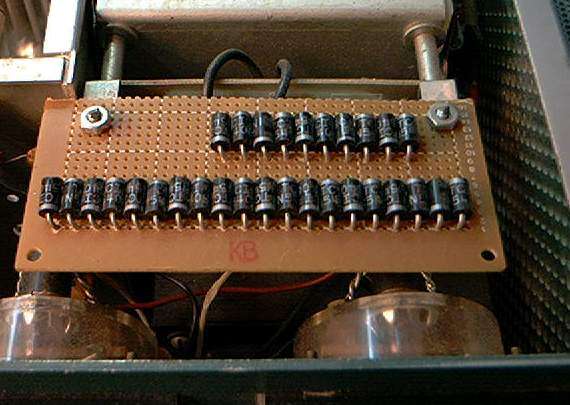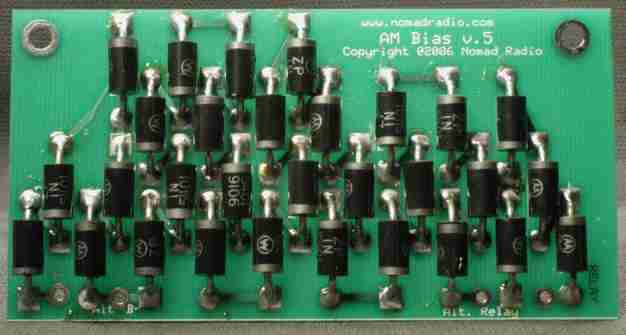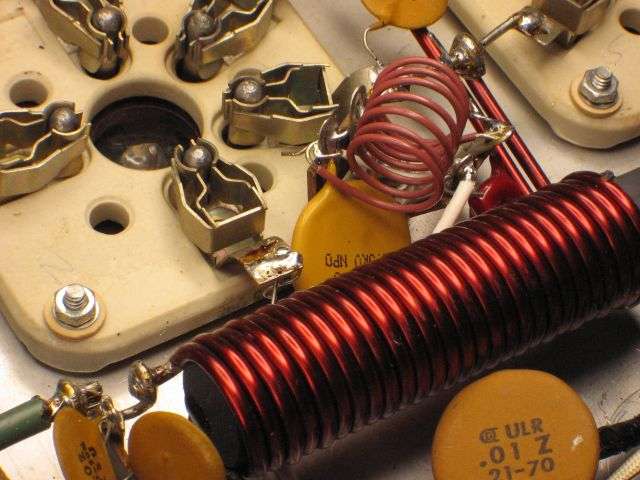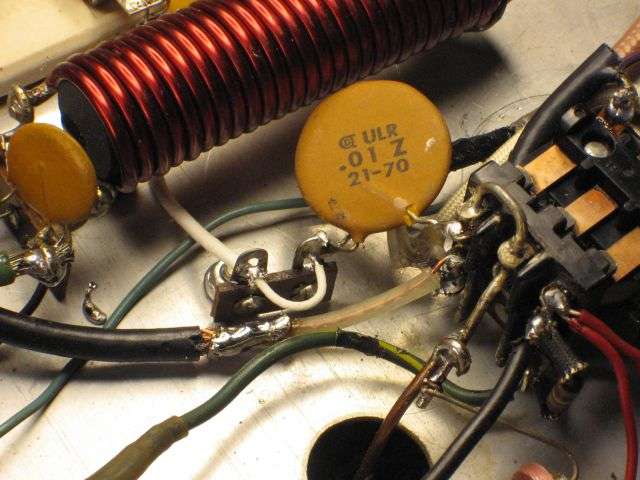The Heath SB220 does a fine job on AM if you read the manual and select "CW", or low side.
It's built for sideband, and the tubes throw a few hundred Watts of heat with no drive in "SSB", or high side. This is called "Idle" or "Zero-Signal" current, and you need that to get a clean signal on sideband.
But each tube is dumping 200 to 300 Watts before the radio's drive power is applied. The added heat from only a 300-Watt AM carrier will overheat the tubes. This is why the instruction manual says to use only low side for AM. That will bring the heat down to a safe level. AND cut your power nearly in half. But that's the manufacturer's advice.
Never have met a AM operator who would stay on "Low" side. The solution is to change the bias on the tubes. Rather than the 100 mA of idle current on each tube, better to hold it down to about 50 Watts per tube. With a 300-Watt carrier, the tubes will be tossing only about half the heat they're rated for. Leaves you the headroom you need for 1500 Watt modulation peaks.
The original 5-Volt 10-Watt zener diode sets this idle current. Taking the two wires loose from it and substituting a series string of rectifier diodes will boost the bias voltage from 5 Volts to about 20 Volts. This will nearly, but not quite cut off the tubes' idle current.

You can just build your own. No secret sauce to wiring thirty 3-Amp rectifier diodes in series. The good news is the voltage rating. That number tells you how many Volts of reverse (turned-off) voltage a diode can handle before it breaks down. You can use the ultra-cheap 50-Volt version, the 1N5400. The diodes will ALWAYS be forward-biased, showing about 2/3 of a Volt per diode. Reverse-voltage rating is irrelevant for diodes that will never have that reverse voltage applied to them. These won't. The regulation of the bias voltage is not quite as tight as the zener was, but plenty close enough to a 20-Volt zener diode. But with about a 20-Watt effective rating. And zeners are famously sensitive to surge damage. Rectifier diodes are a lot more robust in this department.
Or, you could just buy a commercially-made bias board that comes with brackets to mount it behind the meters.
The 10-meter input circuit in the SB220 is pretty flimsy. Okay for 100-Watt peak sideband, but a problem for AM. You can't easily reach the tuning slug to re-peak for 11 meters. And the drive level people try to use on AM just roaches the stock 10-meter coil and capacitors. The easy solution most folks go for it to just cut the coax from the input side of the relay where it goes to the input side of the band selector. The coax gets run directly from the relay to the tubes' cathode circuit.
This eliminates the wimpy-coil problem, but creates a new one. Your driver is now feeding into a 3-to-1 SWR. The amplifier's input impedance with direct drive will be about 150 ohms. This reduces the power you can get into the tubes. Just the same as a high SWR reduces the power you can pump into an antenna.
Most books about grounded-grid amplifier design will mention that a tuned-input circuit works best the closer it is to the tube sockets. Heathkit chose to locate their input circuits on the other end of a 12-inch long piece of coax so they could mount it in a convenient spot. A perfectly-decent compromise, but a compromise.
This simple setup does require a couple of one-terminal tie strips like the one already found on the inboard tube socket. This setup has a 68pf disc cap to ground from where the coax feeds from the relay, into a 7-turn coil wound on a half-inch form. The other end of the coil connects directly to on side of the tubes' cathodes. A 47pf disc cap goes to ground from there, also. The coil gets fine-tuned by squeezing or stretching the turns for lowest input-side SWR with carrier drive. Should get it down to 1.3 or better.
To make room for this mess, the original fat .01uf disc cap C32 gets moved. It was strung from the single tie point where the coax feeds the tubes, to the tube cathodes.
It gets mounted on the other 1-lug tie strip, between the relay and the input coax.
So long as you use disc caps rated for 2000 Volts or (better) more, this input-matching circuit will take whatever you throw at it. Won't make the amplifier one bit bigger, but just moves the weak link in the chain elsewhere.
This post has already gotten way out of hand. There are other measures to adapt the SB220 to high-power AM, but those are the highlights.
Maybe it's time for a more-detailed "how-to" post adapting the SB220 for heavy-duty AM service.
But it can be done. Just don't expect the factory-stock SSB-oriented setup to withstand 11-meter AM service. Things will break.
73




